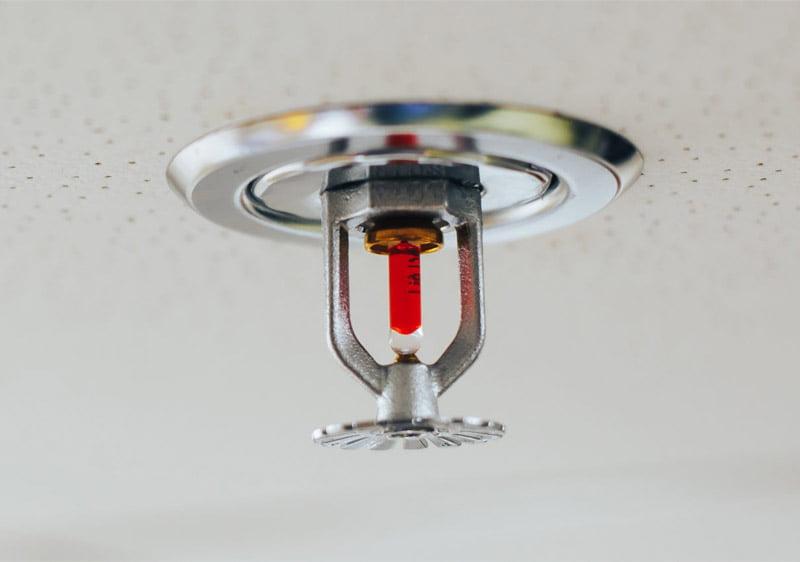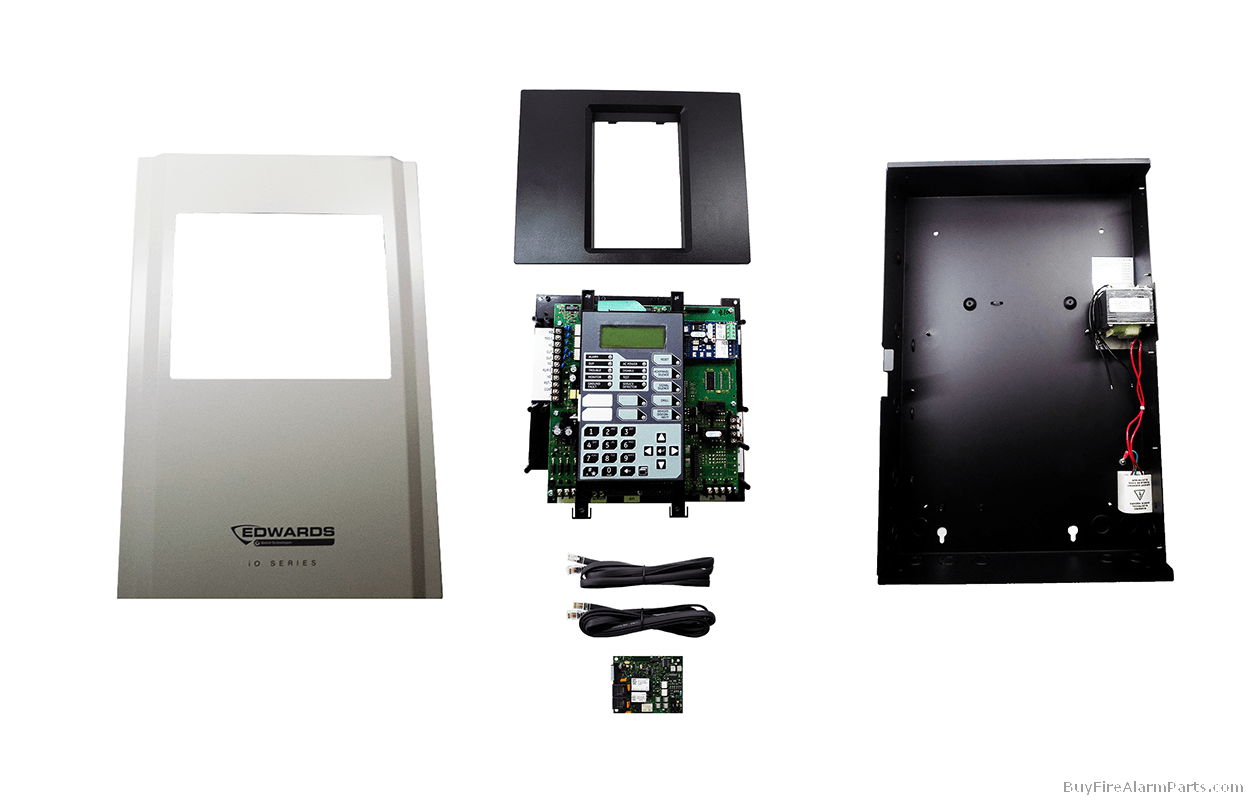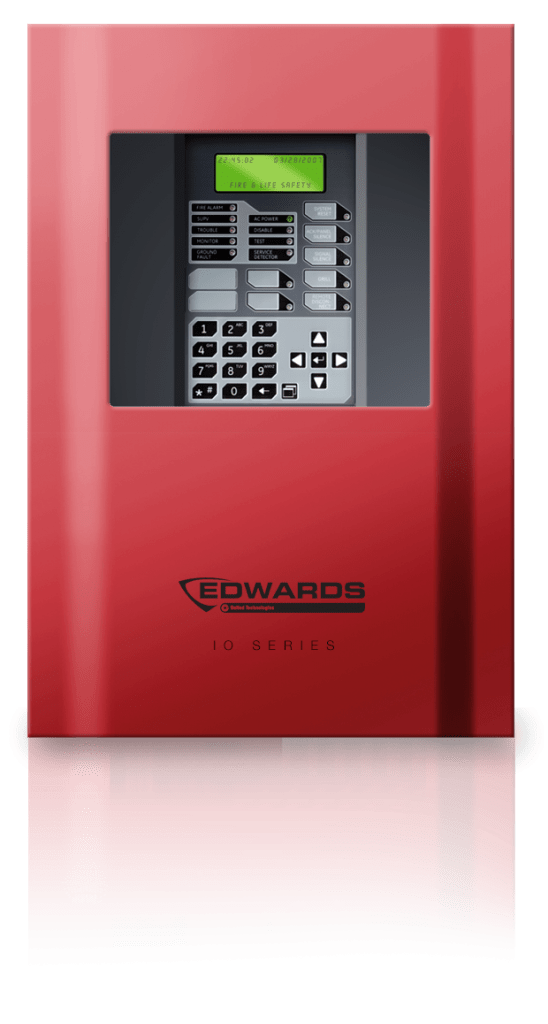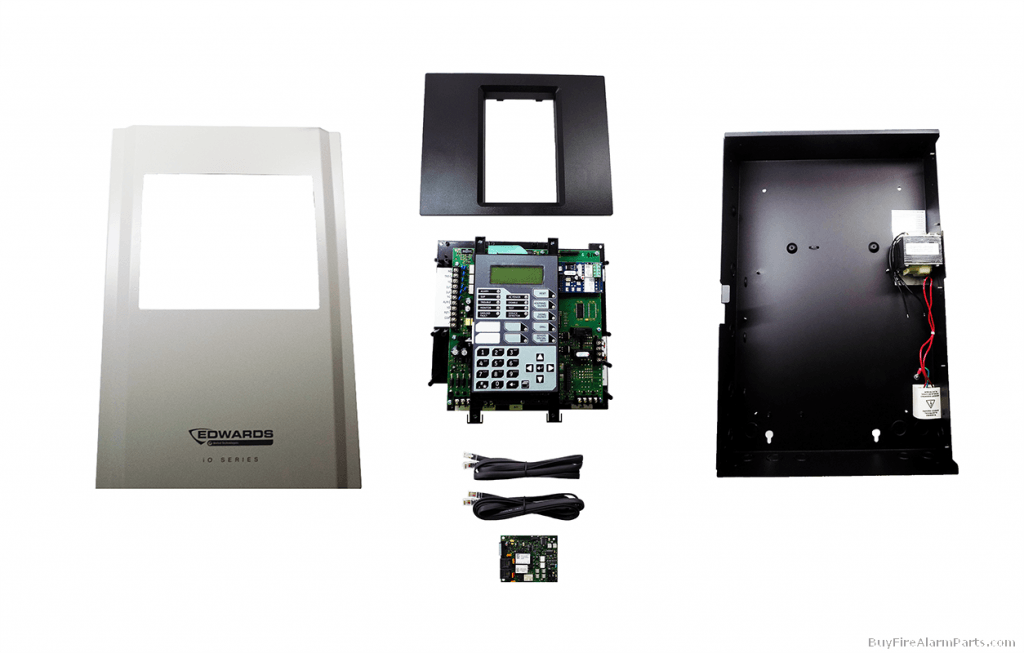
In the bustling urban landscape of the United Arab Emirates (UAE), where rapid development and innovation are the norm, ensuring fire safety is paramount. Among the various fire protection measures available, fire sprinkler systems stand out as a vital component in safeguarding lives and property against the threat of fire. In this comprehensive guide, we delve deep into the intricacies of fire sprinkler systems, exploring their types, benefits, components, and installation process and addressing common questions to equip you with the knowledge necessary to ensure safety in UAE.
Introduction to Fire Sprinkler Systems
Fire sprinkler systems are an integral part of any comprehensive fire safety strategy. These systems are designed to detect and suppress fires in their early stages, preventing them from escalating and causing significant damage. By releasing water or other extinguishing agents directly onto the source of the fire, sprinkler systems help to control and contain the spread of flames, providing valuable time for evacuation and minimizing the risk of injury or loss of life.
Types of Fire Sprinkler Systems
There are several types of fire sprinkler systems available, each designed to meet specific needs and requirements:
- Wet Pipe Systems: The most common type of fire sprinkler system, wet pipe systems are filled with water under pressure at all times. When a fire is detected, the nearest sprinkler head activates, releasing water onto the fire.
- Dry Pipe Systems: Ideal for use in areas where freezing temperatures are a concern, dry pipe systems are filled with pressurized air or nitrogen instead of water. When a fire occurs, the air pressure drops, allowing water to flow into the pipes and out through the sprinkler heads.
- Deluge Systems: Deluge systems are designed to release a large volume of water simultaneously from all sprinkler heads within the system. These systems are commonly used in high-hazard areas where rapid fire suppression is essential, such as chemical storage facilities or aircraft hangars.
- Pre-Action Systems: Pre-action systems are a combination of dry and wet pipe systems. They require two separate events to activate: the detection of a fire and the activation of the sprinkler heads. This added layer of protection helps to minimize the risk of accidental discharge.
Benefits of Fire Sprinkler Systems
Investing in a fire sprinkler system offers numerous benefits, including:
- Early Fire Detection and Suppression: Fire sprinkler systems can detect and suppress fires in their early stages, before they have a chance to spread and cause significant damage.
- Life Safety: Sprinkler systems quickly control the spread of fire and smoke, providing valuable time for occupants to evacuate safely, reducing the risk of injury or loss of life.
- Property Protection: Sprinkler systems help to minimize property damage by containing fires and limiting their spread to other areas of the building.
- Insurance Premium Reduction: Many insurance companies offer discounts on premiums for buildings equipped with fire sprinkler systems, recognizing the reduced risk of fire-related losses.
Common Sprinkler System Components
Fire sprinkler systems consist of several key components, including:
- Sprinkler Heads: These are the devices responsible for releasing water or other extinguishing agents onto the fire. Sprinkler heads come in various types, including pendant, upright, sidewall, and concealed.
- Piping: The network of pipes distributes water or air throughout the building, delivering it to the sprinkler heads when needed.
- Alarm Valve: The alarm valve controls the flow of water or air in the system and activates alarms when a fire is detected.
- Water Supply: A reliable water supply, either from a municipal source or a dedicated tank, is essential for the sprinkler system’s proper functioning.
Choosing the Right Sprinkler Head
Selecting the appropriate sprinkler head is crucial for the effectiveness of the system. Factors to consider include:
- Type of Hazard: Different types of sprinkler heads are designed to address specific hazards, such as light, ordinary, or high challenge.
- Temperature Rating: Sprinkler heads are classified based on their temperature rating, indicating the temperature at which they will activate.
- Coverage Area: When choosing sprinkler heads, consider the size and layout of the area to be protected to ensure adequate coverage.
Typical Installation Process
The installation of a fire sprinkler system typically follows these steps:
- Design and Engineering: A qualified engineer designs the system based on the specific requirements and hazards of the building.
- Permitting and Approval: Obtain necessary permits and approvals from local authorities before proceeding with installation.
- Pipe Installation: Pipes are installed throughout the building according to the system design, connecting to the water supply.
- Sprinkler Head Installation: Sprinkler heads are strategically placed based on the layout and occupancy of the building, ensuring optimal coverage.
- Connection and Testing: The system is connected to the water supply, and all components are tested to ensure proper functioning.
- Final Inspection and Certification: A final inspection is conducted to verify compliance with regulations, and the system is certified for operation.
Common Questions about Fire Sprinkler Systems
- Are fire sprinkler systems required by law in UAE?
- While fire sprinkler systems may not be mandatory for all buildings in UAE, they are often required for high-rise buildings, commercial establishments, and other structures with specific fire safety regulations.
- Do fire sprinkler systems cause water damage?
- While fire sprinkler systems do release water to suppress fires, the amount of water discharged is typically much less than what would be used by firefighters. Properly designed systems minimize water damage to property.
- How often should fire sprinkler systems be inspected?
- Regular inspections and maintenance are essential to ensure the reliability of fire sprinkler systems. It is recommended to have professional inspections at least annually, along with periodic tests of system components.
- Can fire sprinkler systems be integrated with other fire protection systems?
- Yes, fire sprinkler systems can be integrated with other fire protection systems, such as fire alarms and smoke detectors, to provide comprehensive fire safety coverage.
Conclusion
Fire sprinkler systems are a vital component of fire safety in UAE, offering early detection and suppression of fires to protect lives and property. By understanding the types, benefits, components, installation process, and common questions about fire sprinkler systems, individuals and organizations can make informed decisions to enhance fire safety measures and stay safe in UAE. With Resco’s innovative solutions and comprehensive support, you can trust that your fire protection needs are in capable hands.




